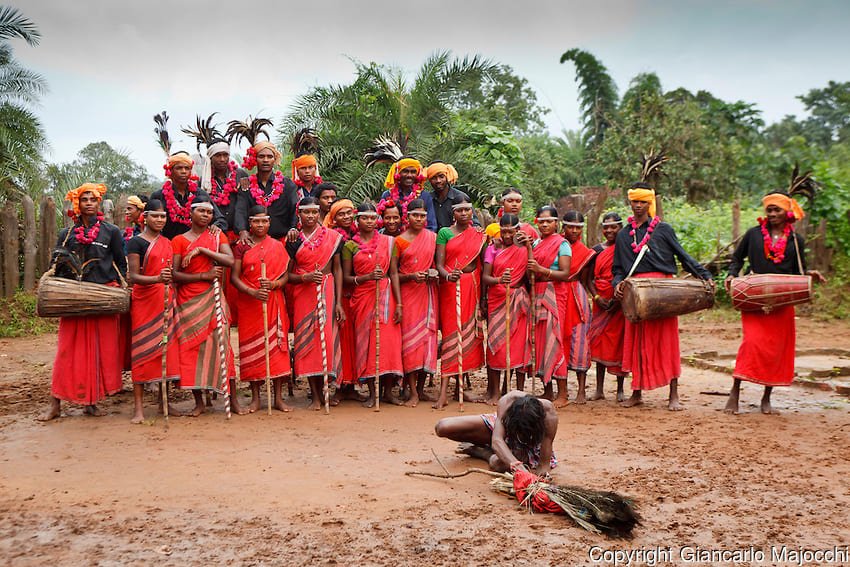Gonds—one of the largest tribal communities from Maharashtra— their weddings, similar to traditional Indian weddings, involve extensive discussions and debates about the wedding menu. However, what distinguishes Gond weddings is their close connection to forests and their preference for sustainable practices.
The initial step is to gather and store fuelwood, which will be used to prepare meals for the wedding guests, consisting of the entire village. No one dares cut a living tree.
Only during weddings, draught animals are permitted to transport fuelwood in the forests, because the local Gram Sabha rules restrict their entry to prevent excessive fuelwood extraction. In order to obtain fuelwood, tribals must transport it on their heads and can only collect trees that are already dead and dry. If someone is found breaking these regulations, they will face consequences.
As the wedding day approaches the men from the bride’s family and others from the tribal community head into the forest to find sturdy tree trunks for the wedding platform. They gather four to six strong trunks made of palash or bamboo. The bright red flowers of the palash tree are used to create colors for various festivals and ceremonies.
If there are no dried trees available, an exception is made for cutting down a few living trees for a wedding. The roof of the mandap is typically constructed using jamun and occasionally tendu leaves.
The salai tree holds great importance in Gondi folklore and is seen as a god-like figure. Tribal’s believe that they have healing properties and can treat various ailments. During a ceremony, a young salai tree is placed in the center of the mandap.
The leaves of the mahul plant are utilized as plates and sewn into containers for serving food. Additionally, gum from bhutya or karaya is employed to create desserts like laddoos. The tribal people only take what they need from the forests, such as bark, fruit, flowers, or leaves and offer prayers and gratitude to the forest before transacting with it.
Based on the story by Anirban Roy is a PhD candidate at Ashoka Trust for Research in Ecology and the Environment (ATREE); edited by Clean-Future Team
